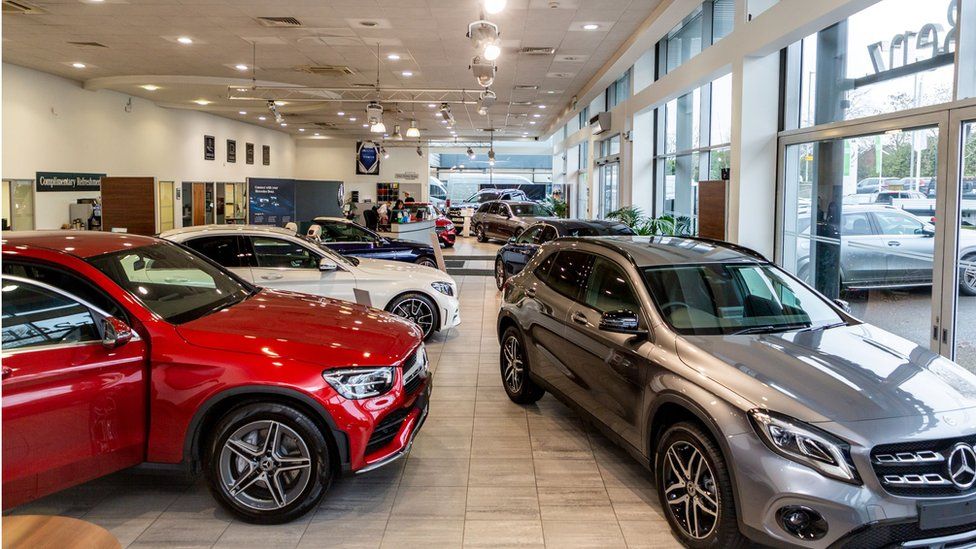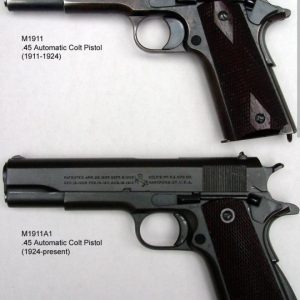
A friend of mine owns a dealership locally. Here’s what he told me once:
The new cars, going out of production year, can’t be sent back to the manufacturer. They must be sold before the dealer can replace them with the next model year.
Many times, the dealer will first offer deep discounts and incentives to consumers, sometimes at a nominal loss, which they’re insured for to some extent, and can write off their taxes to another extent.
If that doesn’t work, the manufacturer will often step in with more discounts, interest rate reductions on financing and factory incentives to entice the consumer to purchase.
In some cases, if the dealership still has a handful of them left, they can still sell them, but that’s usually not very profitable. Quite often, depending on how many the dealer still has left when the lot is full of this year’s model, the cars will be sent to a “premier auction house”.
This is where primarily government agencies will buy a fleet of “new” cars that don’t qualify as used, but are still new enough to satisfy their buying protocols.
***in regards to discounts and profit, the dealerships usually do not make profit on the actual vehicle itself but on addons and financing if they offer it and in the long run they hope the customers come back for service.
The longer the vehicle sits on the lot the less profit is made due, which is usually why you would see an advertisement and it would show the stock numbers and fine print of ie; one available at this price. It could usually be a vehicle that has sat on the lot and is costing the dealership.






